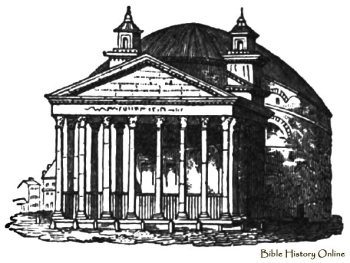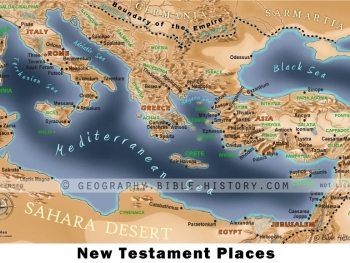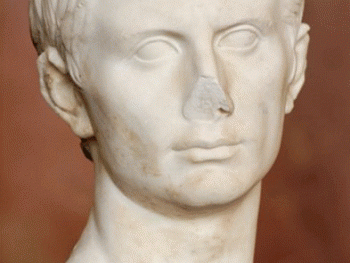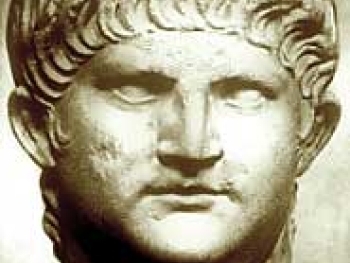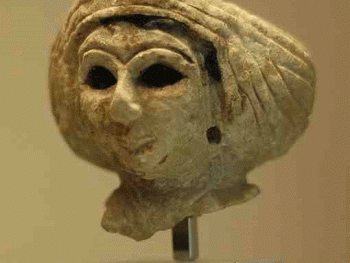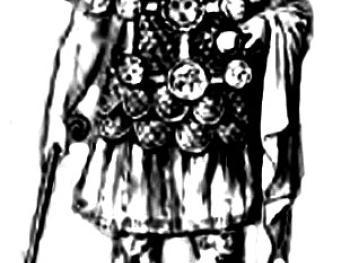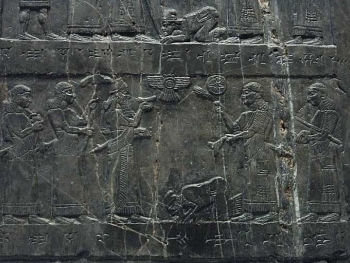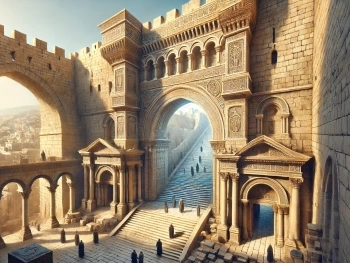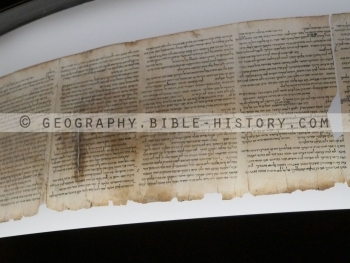Ancient Chinese society and culture exhibited several notable differences from Western civilizations. Here are some key distinctions:
- Philosophical Traditions: While Western civilizations developed philosophical systems such as Greek philosophy and later Christian philosophy, ancient China was shaped by distinct philosophical traditions such as Confucianism, Daoism, and Legalism. These philosophical systems emphasized harmony, virtue, balance, and the proper way of governing society.
- Writing System: Chinese civilization developed its unique writing system of characters, known as Chinese characters or Hanzi. Unlike Western alphabets, which consist of letters representing sounds, Chinese characters represent meanings, allowing for a more ideographic writing style.
- Social Structure: Chinese society was heavily influenced by Confucian principles, which emphasized hierarchical relationships, filial piety, and respect for authority. The rigid social structure placed great importance on family and placed scholars and officials at the top of the social hierarchy.
- Political Systems: Western civilizations experienced various forms of government, including democracies, republics, and monarchies. In contrast, ancient China operated under different political systems, ranging from feudal states during the Zhou Dynasty to centralized imperial rule under dynasties such as the Qin, Han, and Tang.
- Religion and Belief Systems: Western civilizations saw the rise and influence of monotheistic religions such as Judaism, Christianity, and Islam. Ancient China, on the other hand, practiced a blend of religious beliefs, including ancestor worship, Taoist practices, and later the incorporation of Buddhism.
- Artistic Expression: Chinese artistic traditions showcased distinctive styles and mediums, including calligraphy, ink painting, porcelain, and silk tapestries. Traditional Chinese art often prioritized balance, symbolism, and harmony with nature, contrasting with the more realistic and perspective-based Western artistic traditions.
- Calendar System: Ancient China had its own calendar system, heavily influenced by astronomical observations and lunar cycles. The Chinese calendar followed a lunar-solar system, incorporating both lunar months and solar year divisions, resulting in different dates for festivals and holidays compared to Western calendars.
It is important to note that these are general observations, and both ancient Chinese and Western civilizations were diverse and evolved over time. Nonetheless, these differences in societal structure, philosophy, writing systems, and cultural practices contributed to the unique identity and development of ancient Chinese civilization.
